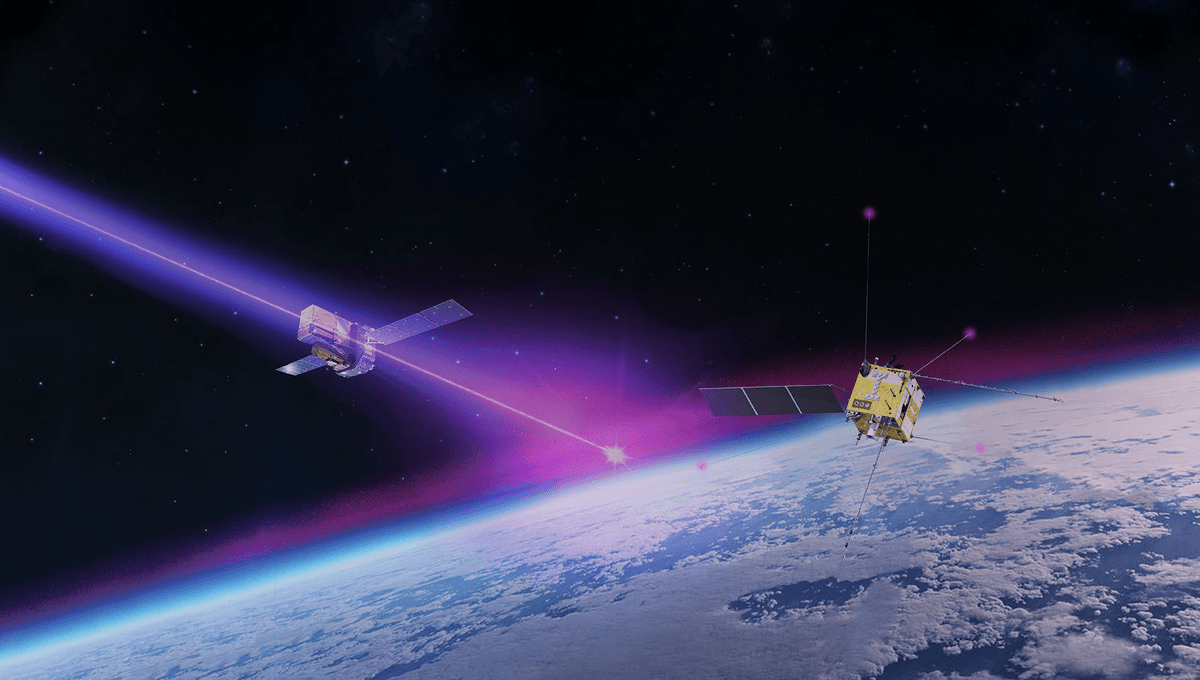
The top part of the Earth’s atmosphere, from several tens of kilometers up to well past the orbit of the International Space Station, is the ionosphere. Charged particles from the Sun hit atoms and molecules there, freeing their electrons. And now researchers have discovered that it can also be affected by an exploding star over 2 billion light-years away.
The event was a gamma-ray burst (GRB) known as GRB 221009A. It was the most powerful GRB ever seen and its record-breaking values were reported last year. A new study has looked at the effect that the event had on our planet’s atmosphere, and scientists were shocked to find out that it was similar to what a solar flare from the Sun can be like.
Observations from the International Gamma-Ray Astrophysics Laboratory (Integral) from the European Space Agency (ESA) revealed that during the 800 seconds this burst lasted it altered the electric fields of the ionosphere all the way down to the layers closest to our planet.
“It was probably the brightest gamma-ray burst we have ever detected,” lead author Mirko Piersanti, from the University of L’Aquila, said in a statement emailed to IFLScience.
“We’ve been measuring gamma-ray bursts since the 1960s, and this is the strongest ever measured,” added co-author Pietro Ubertini, National Institute for Astrophysics, the principal investigator for Integral’s IBIS instrument.
Statistically, a GRB as strong as GRB 221009A arrives at Earth only once every 10,000 years. It was so powerful that it activated lightning detectors in India, and disturbed the ionosphere for many hours after the blast. Previous GRBs had not produced such an effect on the atmosphere, but the link between the two is undeniable.
“It is amazing. We can see things that are happening in deep space but are also affecting Earth,” said Erik Kuulkers, ESA Project Scientist.
The ionospheric disturbance was recognized from the get-go but its true extent only became clearer as researchers started to analyze the data – it reached the bottom layers of the ionosphere, about 50 kilometers (30 miles) in altitude, pushing it lower toward the ground.
“Essentially, we can say that the ionosphere ‘moved’ down to lower altitudes, and we detected this in how the radio waves bounce along the ionosphere,” explained ESA solar physicist Laura Hayes, who published initial measurements of the ionospheric changes back in 2022.
The effect on the ionosphere had people considering whether such an event could damage the ozone layer, causing a mass extinction. An event such as this in a distant galaxy is unlikely to lead to a cataclysm, but supernovae go off in our galaxy too. A GRB much closer to home could have devastating consequences.
To better understand the likelihood of such a scenario, researchers need to understand the relationship between the ionosphere and GRBs. The team will collect more data to that end.
The study is published in the journal Nature Communications.
Source Link: Most Powerful Burst Of Gamma Rays Struck Earth, Disturbing Its Ionosphere